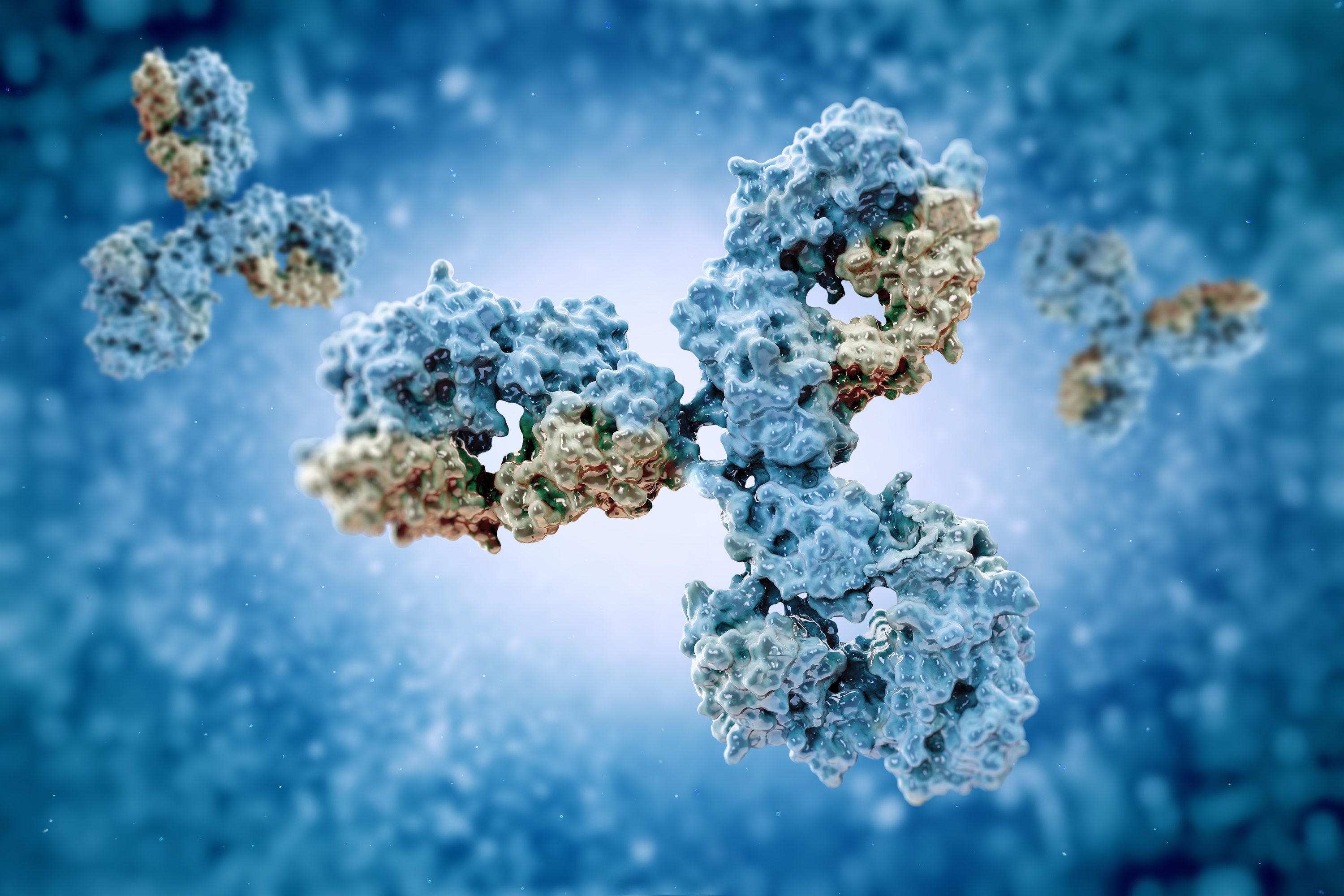
Buffer additives are often chosen specifically to modify the viscosity and stability of protein solutions. It is, of course, practical to measure the viscosity of the fully formulated solution to predict its ability to perform. However, a more detailed viscosity analysis can reveal the impact of the buffer components on both the individual protein behavior as well as the interaction between neighboring molecules. Establishing such a knowledge base can provide guidance for future formulation activities and eliminate the need for guess work.

The intrinsic viscosity protocol involves measurement of a concentration series in the dilute regime. The analysis is simplified in the dilute limit since viscosity can be expressed as a series expansion in concentration. The coefficients can then be used to quantify the individual protein contribution and the pair or protein-protein interactions (PPI). The relevant equations and meaning of the extracted parameters are presented here. Viscosity data for Bovine gamma globulin solutions in various buffers is used to illustrate the analysis procedure.
————————————————————————————
Submit form to access full application note.
Key Words:
